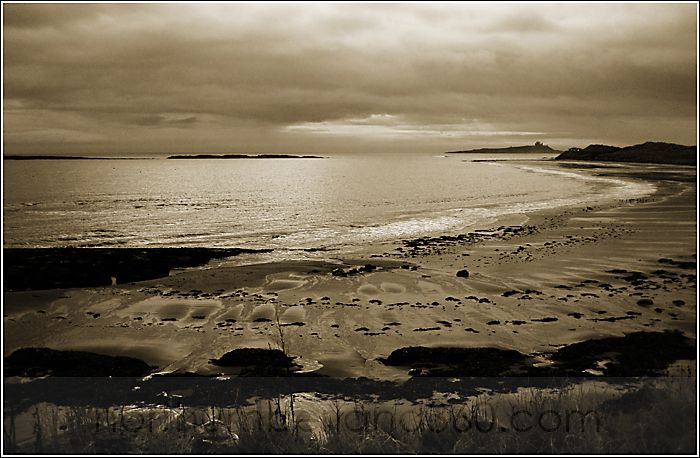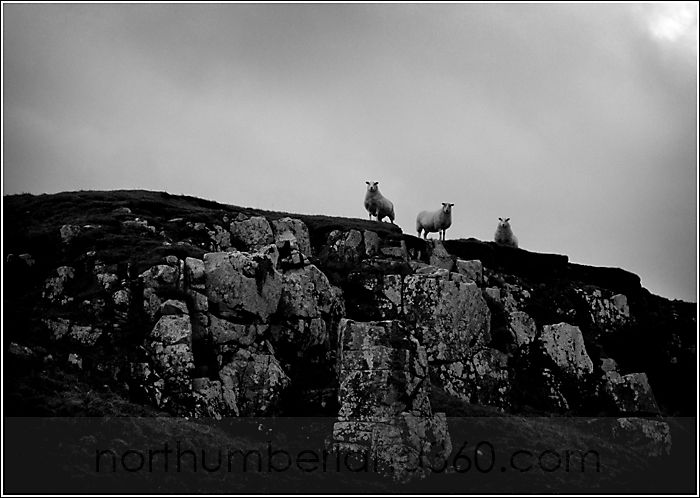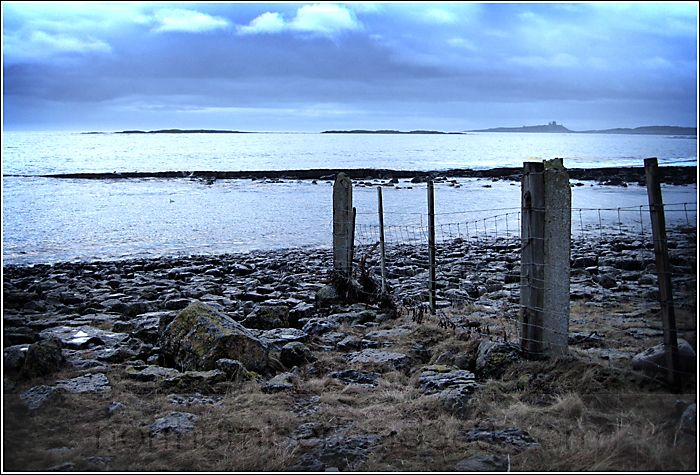For the 3rd morning in a row it's damp and dark at walkies time but bright by the time we're home. Ho Hum.

There has been a recent theme on this blog of sheep staring at us. Are they the same ones?

This is an HDR image (High Dynamic Range) it's a currently trendy technique to combine 2 or more images taken at different exposures and it gives a very distinctive feel to a photograph which you can see everywhere in advertising if you know what to look for.
Note how the clouds have moved between the 2 exposures. I could have fixed this but I left it in as a training point!

Northumberland Photo Training - Teaching the Art of Natural Photography
andy craig photography - Family Portraits and Wedding Photography
one-eyed-hound.com - Dog Photography ...it's a dog's life

1 comment:
I used to make HDR images "manually" as well several years ago. It's really a nice technique to allow a greater dynamic range of luminance between the lightest and darkest areas of an image.
Nowadays Photoshop and other good graphics editing programmes offer an automatic HDR proccessing.
Did you use a tripod for your two original photos for the HDR process, Andy?
Post a Comment